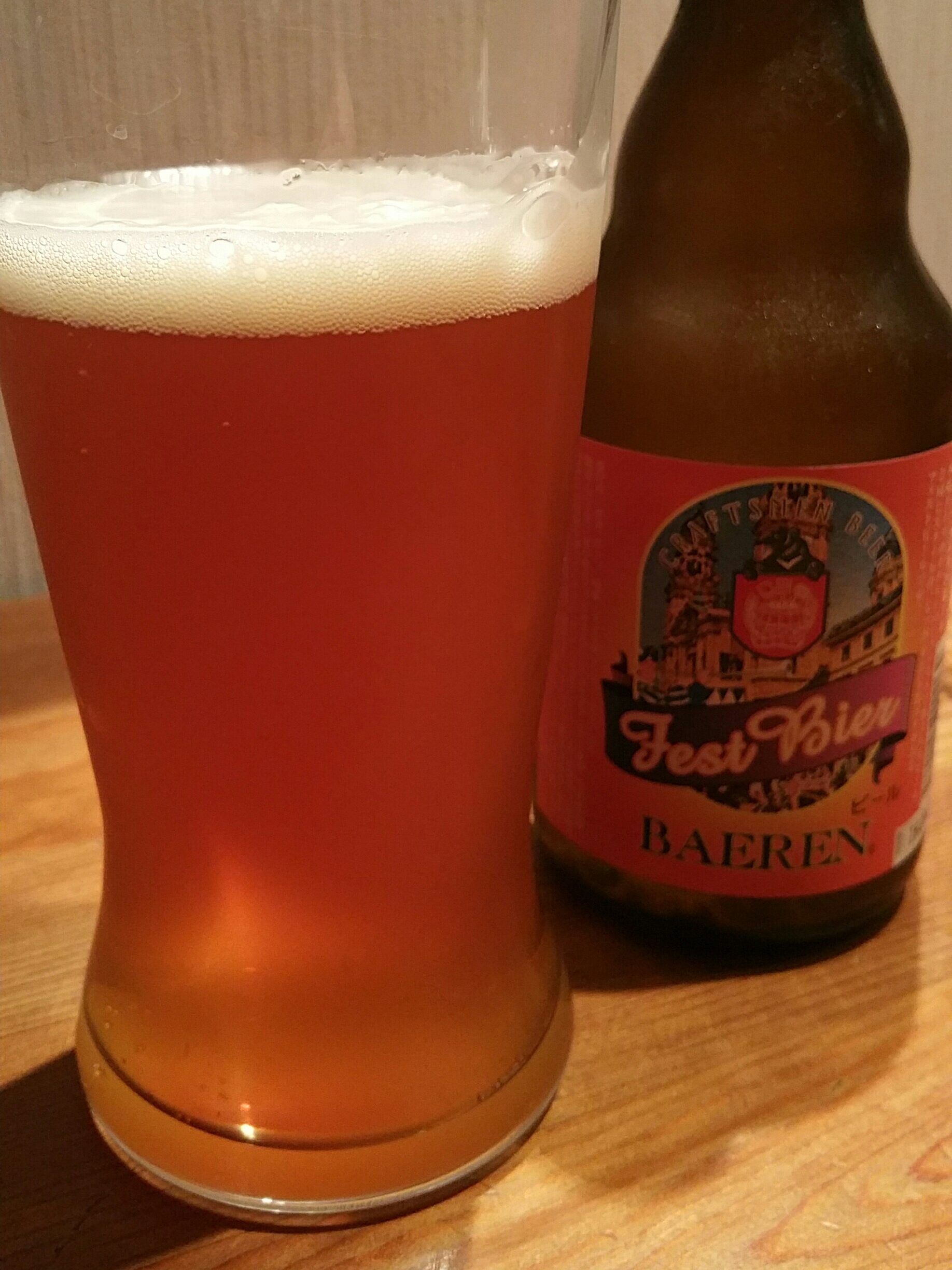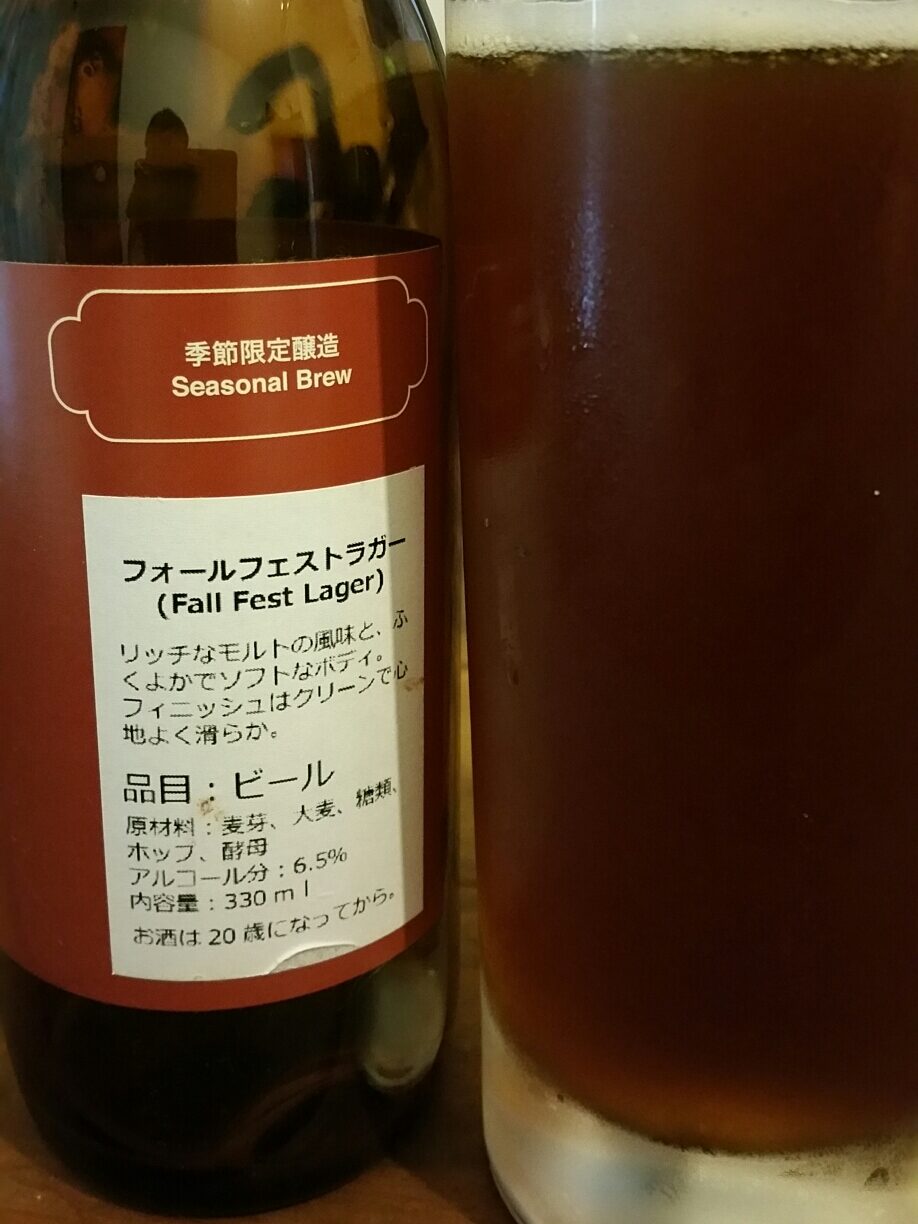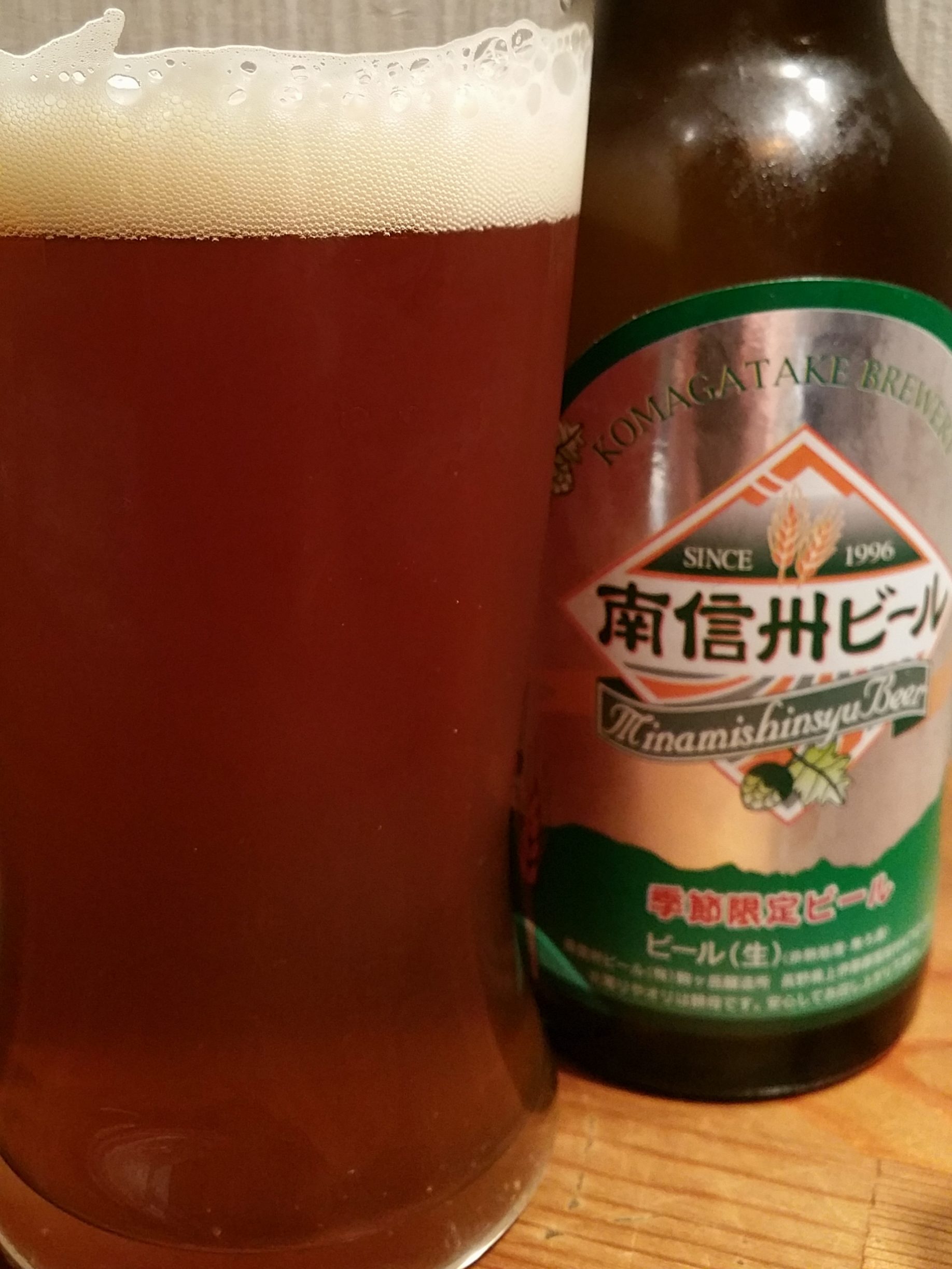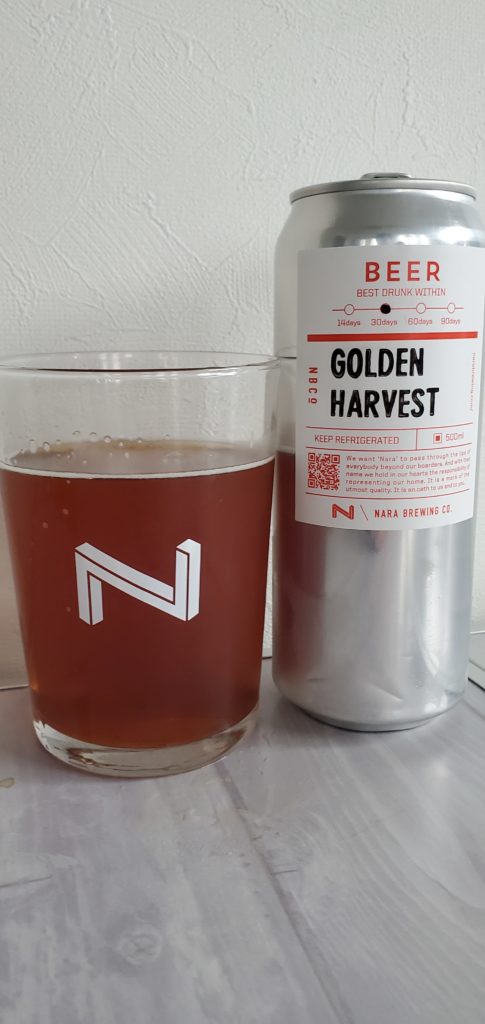Märzen : Introduction
Welcome to the 21st edition of “Source of Styles” – the Märzen style beer. Märzen comes from the German word Marz, which means March – talk about stating the obvious – but there is an actual reason for that. The beer has its origins in Bavaria, whereby an ordinance decreed that beers could only be brewed between September 29th, St. Michael’s Day, and April 23rd, St. George’s Day. There was nothing to stop brewers making their beers during the earlier months of this brewing period, but it meant making the alcohol levels higher, along with a higher amount of hops, to help the beer get through the months of the year when the brewers couldn’t brew.
Märzen : A Brief History
However, other countries have a history of brewing beers along this same idea of using the cooler months to allow their beers to age gracefully. In Belgium, Bière de Mars (March beer in French) follows the same idea but not the same history. These Belgian beers were top-fermented, meaning that they are closer to ales than the lager-like beers of marzens. The Bavarian region of Germany is closer to the higher mountainous regions of Europe which meant colder temperatures allowing for lagering to mature their beers.
This meant the brewers would tend to brew the lighter beers towards the end of this period, during March, with a slightly higher than regular alcohol level and bitterness to help the beer keep from April 24th to September 28th. As the non-brewing season came to an end, bottles from the previous brewing season that remained were used then to celebrate the start of the new brewing season. Oktoberfest, the quintessential German beer festival, has taken over some of the mystique of märzen beers, which are brewed to savour in the months of changing seasons.
While märzen beers didn’t start the Oktoberfest, the two are inextricably linked with one another. The first Oktoberfest was a communal celebration of the marriage of Crown Prince Ludwig (later King Ludwig I) of Bavaria and Princess Therese von Sachsen-Hildburghausen. It was held just outside Munich and attended by both royalty and citizens. This was a five day event and coincided with the opening of a lot, and we mean A LOT, of märzen style beers. The two then went hand in hand, until Josef Sedlmayr, brewer at Franziskaner which is now part of the Spaten group, noticed that people preferred to drink lighter coloured beers.
Nowadays, märzen is a protected term, which means only beers brewed by one of the six original breweries in Munich can name their beers with this style. For beers that are brewed outside of the area, the term Okotoberfest beer is applied; however, for all intents and purposes, these oktoberfest beers are essential the same beer.
Märzen : How They Are Made
Making a märzen is all about the right kind of malts and for that, brewers tend to go local, with a combination of Munich, 2-Row or Pilsner, and Vienna malts. Traditionally, 50% Munich malt is used and Pilsner or 2-Row makes the rest of the grain bill. 10 to 15% of Munich malt can be substituted with Vienna malt. To impart some colour, brewers may use some caramel malts for a darker body, but it’s usually a minimal amount to ensure that the flavour doesn’t affect the body too much.
While the style is about the malts, to ensure that the sweetness from them does not overpower, brewers will use hops that accentuate, rather than dominate, the malt aromas and flavours. As such, the big C hops found in American pale ales and IPAs would not be used, but instead local noble hops, such as Hallertauer, Saaz, and Tettnanger are used. These are hops that do not have a high alpha acid and will not impart a strong bitterness or flavour to the beer.
In terms of adjuncts, there are none, unless you’re trying to mix up the style and produce a hybrid.
Märzen : Appearance, Aroma, and Flavour
Here’s the guidelines from the BJCP for what makes märzen styles that are worth looking for.
Appearance : Amber-orange to deep reddish-copper color; should not be golden. Bright clarity, with a persistent, off-white foam stand.
Aroma : Moderate malty aroma, typically rich, bready, somewhat toasty, with light bread crust notes. Clean lager fermentation character. Very low floral, herbal, or spicy hop aroma optional. Caramel-sweet, biscuity-dry, or roasted malt aromas are inappropriate. Very light alcohol might be detected, but should never be sharp. Clean, elegant malt richness should be the primary aroma.
Flavour : Moderate to high rich malt flavor often initially suggests sweetness, but the finish is moderately-dry to dry. Distinctive and complex maltiness often includes a bready, toasty aspect. Hop bitterness is moderate, and the floral, herbal, or spicy hop flavor is low to none. Hops provide sufficient balance that the malty palate and finish do not seem sweet. The aftertaste is malty, with the same elegant, rich malt flavors lingering. Noticeable sweet caramel, dry biscuit, or roasted flavors are inappropriate. Clean fermentation profile.
Japanese Märzens Style We Recommend
Though Japan has a long and storied history with German style beers, it seems that marzens seem to have missed Japan as they haven’t been as popular as pilsners, weizens, and altbiers.
Baeren Fest Bier
The Bottom Line : Gimme a nice outside drinking area and a fresh bottle of Baeren Fest Bier and I’d be happy.
Review : https://beertengoku.com/2017/10/05/baeren-fest-bier-by-baeren-beer/

Baird Fall Fest Lager
The Bottom Line : With the märzen style covering a huge range due to the Bavarian lager laws, it’s pretty hard not to make a drinkable märzen but it’s hard to make a decent märzen. Baird Fall Fest Lager is a good, drinkable beer.
Review : https://beertengoku.com/2015/10/10/baird-fall-fest-lager/

Minamishinshu Oktoberfest
The Bottom Line : Minamishinshu Oktoberfest is a solid märzen beer – while not exciting what it does, it does well.
Review : https://beertengoku.com/2016/09/03/minamishinshu-oktoberfest-minamishinshu-beer-company/

Nara Golden Harvest
The Bottom Line : Though Nara Golden Harvest uses kolsch yeast, it’s a good example of a marzen. Just needs more gas.
Review : https://beertengoku.com/2020/06/30/nara-golden-harvest-by-nara-brewing-company/

Imported Märzens We Recommend
Let’s be honest – if you’re going to try a style of beer, then it’s also worth trying out some of the overseas beers. Check out the label on the bottle to see when the beer was bottled, and also ask how the beer was imported. Was it in a cold chain from start to finish? Was the beer stored in a chilled environment in store? If the shop assistant can’t, or doesn’t know the answer, then give it a miss.
- Ayinger Festmärzen
- Original Oktoberfest Amber Märzen – Hacker-Pschorr
- Paulaner Oktoberfest Bier
- Spaten Oktoberfest Ur-Märzen
- Weihenstephaner Festbier